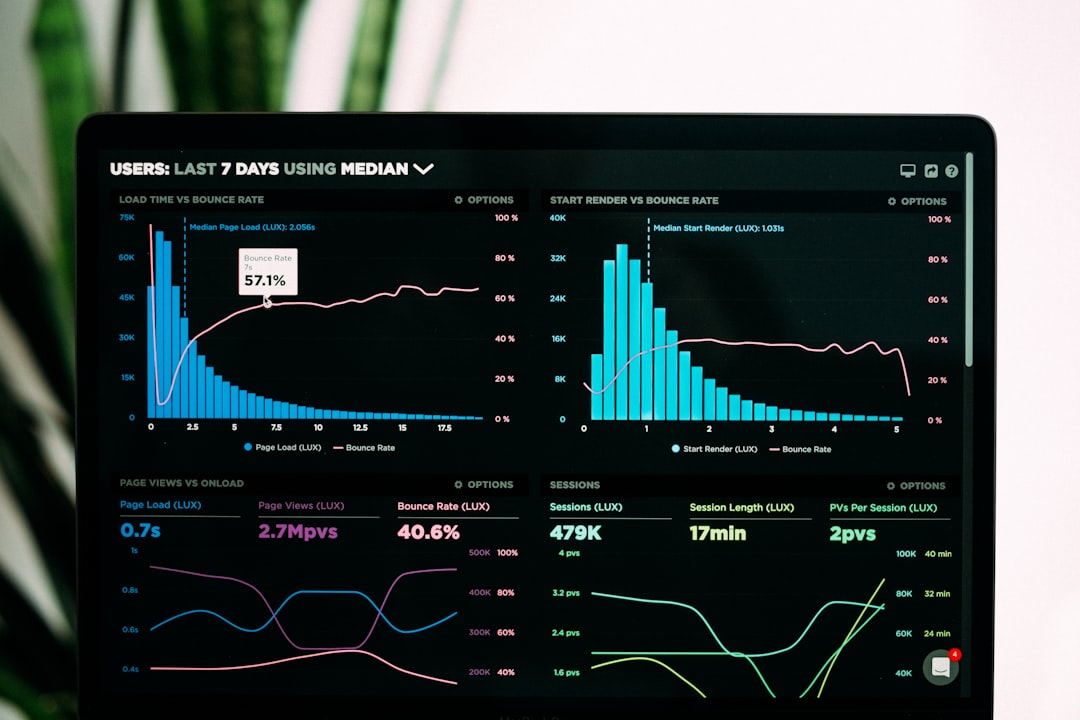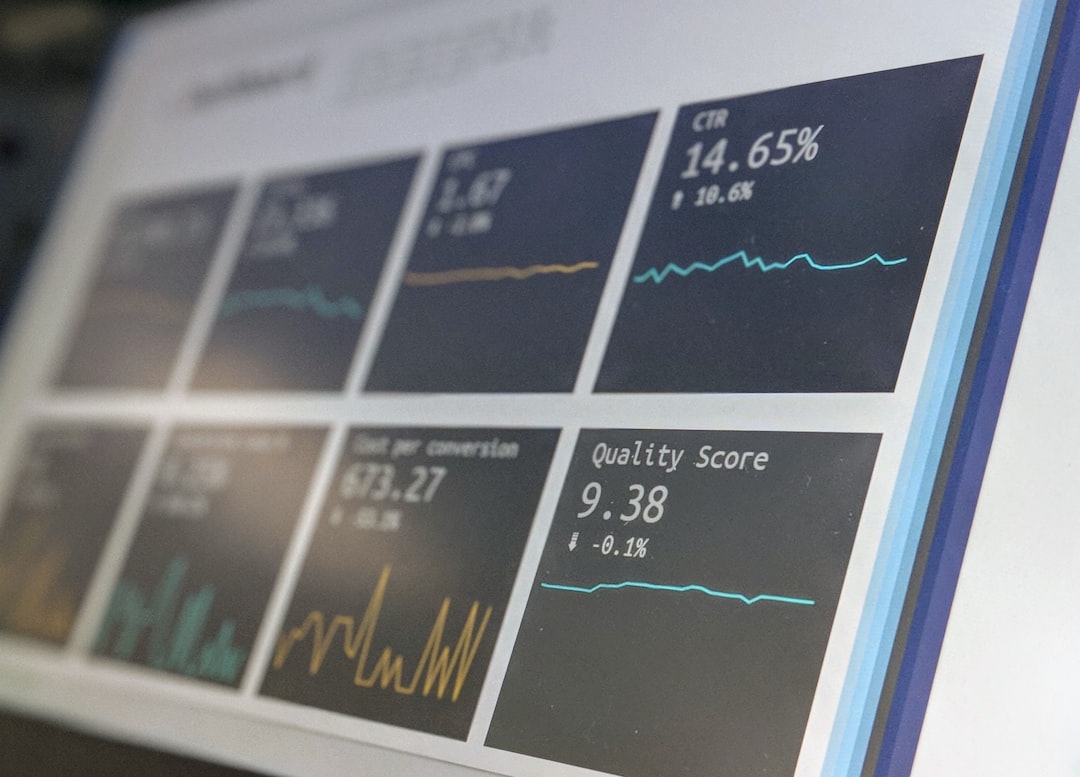
Empowering Your Insights: Online Tools for Economic Analysis
# Introduction. In an age dominated by data, economists, analysts, and business professionals are constantly in search of effective tools to facilitate economic analysis. With the rise of online resources, conducting comprehensive economic research and analysis has become more accessible than ever. This blog post aims to delve into the top online tools available for economic analysis, offering insights into how they work, their various applications, and the benefits they offer. # 1. The World Bank's DataBank. The World Bank provides a comprehensive online platform known as DataBank, which allows users to access an extensive range of economic data spanning various countries and sectors. The DataBank includes indicators related to poverty, income distribution, education, health, and more, giving researchers a robust set of data for analysis. Users can create customized queries, visualize data, and download it in preferred formats. This tool empowers both policymakers and researchers by providing essential data that can aid in formulating economic strategies and decisions. # 2. Trading Economics. Trading Economics stands out as an essential resource for those looking to analyze current economic indicators, forecasts, and historical data. With real-time data on over 20 million economic indicators, stock market indices, and exchange rates, Trading Economics enables users to gain insights into market trends and economic shifts. Users can leverage powerful analytical tools such as charts and comparisons, helping them to make informed investment decisions or understand larger economic trends affecting different regions. # 3. FRED (Federal Reserve Economic Data). FRED, operated by the Federal Reserve Bank of St. Louis, is an online economic database that provides access to thousands of U.S. economic time series data. Users can easily search for and download data on topics such as GDP, employment rates, inflation, and interest rates. The user-friendly interface, combined with powerful visualization tools, allows users to create customized charts and reports that can be essential for both academic research and practical economic analysis. FRED also offers a mobile app that allows users to access data on-the-go, making it highly versatile. # 4. Statista. Statista is a valuable online resource that compiles statistical data from various industries, making it an essential tool for market research. Users can access countless statistics, reports, and infographics related to economic trends and indicators. The platform covers a wide range of topics, from market forecasts and consumer behavior to international trade and investment. Statista is particularly beneficial for businesses that require data-supported insights to inform their strategies and policy-making processes. # 5. Google Public Data Explorer. Google Public Data Explorer offers an intuitive platform for visualizing large datasets. Users can explore various economic indicators from different countries and organizations using interactive charts and maps. This tool enables users to compare economic data across multiple regions and time periods, providing an insightful way to understand global trends. With Google's commitment to user-friendly interfaces, researchers can easily work through datasets and share visualizations, enhancing collaborative analysis. # 6. OECD Economic Outlook. The Organisation for Economic Co-operation and Development (OECD) presents the Economic Outlook tool, which provides extensive analysis and forecasts on economic growth for member and partner countries. This tool is particularly beneficial for economists and financial analysts seeking to understand the future trajectory of economies based on in-depth analysis of trends and risks. The OECD Economic Outlook not only facilitates understanding of current economic conditions but also aids in long-term planning and risk assessment. # 7. The Economist's Economic Data. The Economist offers robust economic data and reports, providing insights into various economic factors that shape global markets. This tool combines data with expert analysis, offering users a comprehensive view of economic conditions. Subscribers can access articles and charts on specific economic topics, ensuring they remain informed about pressing economic developments around the world. The Economist's combination of data with journalistic insight helps users deepen their understanding of complex economic issues. # Conclusion. As we navigate the complexities of today's global economy, utilizing online tools for economic analysis is more vital than ever. The above resources not only offer robust data and analytical capabilities but also empower users to make informed decisions based on comprehensive insights. Whether you're an economist, business professional, or a curious learner, integrating these tools into your research toolkit will certainly enhance the quality of your economic analysis. With continued advancements in technology, the future of economic analysis seems promising, allowing us to uncover insights that drive informed solutions for our ever-evolving economic landscape. .








